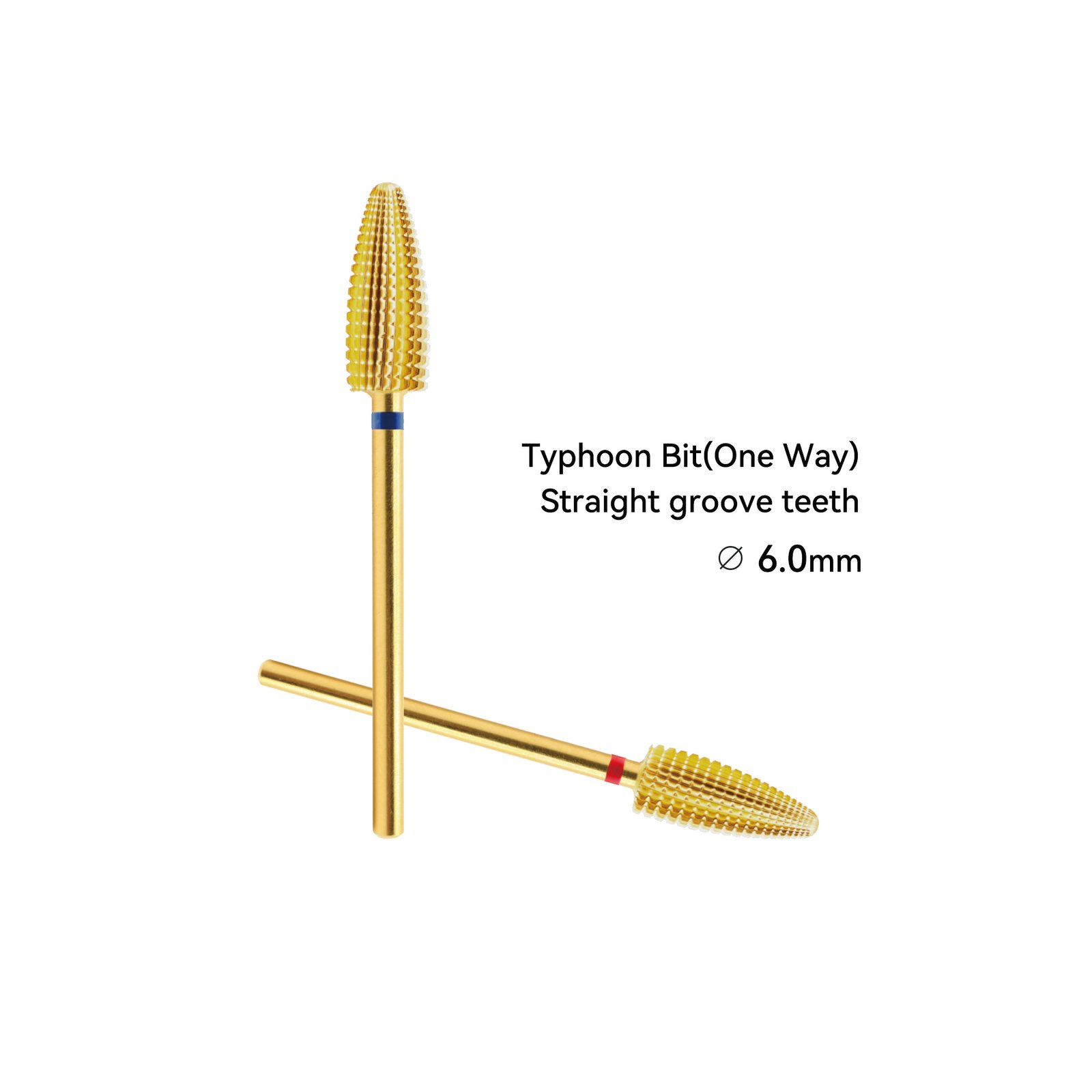In the nail industry, fine sanding and polishing are the key to every step of nail art. As an important finishing tool, the nail sanding band helps nail artists achieve precise finishing effects with its unique design and function. Whether in daily nail polishing or in artistic nail creation, the sanding band can provide a smooth and uniform polishing effect on the nail surface, ensuring that every customer can have flawless nails.
However, not all nail sanding bands on the market can meet the high requirements of nail artists. Many low-quality sanding bands have problems such as sand grain shedding, uneven polishing, and poor durability, which bring inconvenience to the nail process and may even affect the final effect. In response to this phenomenon, our nail sanding bands have overcome these shortcomings with their excellent design and high-quality materials, ensuring that each use can provide efficient, accurate and long-lasting polishing effects.
1. Basic structure and material of nail sanding bands
The design of nail sanding bands usually consists of three parts: sandpaper substrate, sand grains and adhesive. The sand grain size of the sand ring is divided into coarse, medium and fine, which can meet the needs of different types of nail materials. Common sand grain materials include aluminum oxide, silica sand, silicon carbide, etc. After fine processing, the sand grains can provide uniform and precise grinding effects.
Sandpaper substrate: The substrate is usually made of soft fiber paper or cloth, with good durability and elasticity, and can withstand high-intensity grinding tasks.
Sand grains: Common sand grain materials include aluminum oxide, silica sand, etc. Different materials and grain sizes determine the grinding effect of the sand ring. Fine grains are suitable for fine finishing, and coarse grains are used to remove excess materials.
Adhesive: The sand grains are fixed to the substrate by strong adhesives to ensure that the sand grains are not easy to fall off during use, providing a stable grinding effect.
2. Disadvantages of nail sand rings on the market and advantages of our sand rings
Although many nail sand rings on the market seem reasonable on the surface, they often expose some obvious disadvantages in actual use, affecting the work efficiency and nail effect of manicurists. The following are common market disadvantages and how our sanding rings provide better solutions to these problems:
Grit shedding problem
Some low-quality sanding rings on the market use an inadequate gluing technology, and the sand grains are not firmly fixed. They are easy to fall off after long-term use, resulting in uneven sanding. For manicurists, sand grain shedding not only affects the effect, but may also cause nail damage during work.
Our advantages: We use advanced sand grain fixing technology and use high-strength adhesives to firmly fix the sand grains on the substrate. Even during high-frequency use, the sand grains will not fall off, ensuring that each sanding can evenly and accurately remove excess material and maintain the consistency of the finishing effect.
Uneven grinding problem
Some sanding rings on the market have uneven sand distribution, resulting in unstable sanding results, especially when trimming gel nails and acrylic nails. The uneven grinding effect may cause uneven surface and affect the overall nail effect.
Our advantages: The sand grain distribution of our sanding rings has been strictly screened and tested to ensure that the sand grains of each sanding ring are evenly distributed, and there will be no leakage or excessive wear during sanding. Whether it is natural nails or gel nails, our sanding rings can provide uniform grinding effects, helping manicurists to accurately trim every detail.
Poor durability
Some sanding rings on the market use low-quality materials, which have poor durability and are easily deformed or worn during high-frequency use, increasing the frequency of replacement and additional costs.
Our advantages: We use high-quality high-strength substrates and sand grains, and undergo rigorous durability tests. Our sanding rings can still maintain their original effects after long-term use, greatly reducing the need for frequent replacement of sanding rings and reducing the cost of use. High durability makes our sanding rings a reliable partner for manicurists in their daily work.
Problem of excessive wear of nails
Some coarse-grained sanding rings on the market may cause excessive wear on the nail surface due to the hard or coarse sand grains, and even cause nail damage or infection, affecting health and nail effects.
Our advantages: The particle size of our sanding rings has been carefully designed, and a variety of particle size options are provided for different needs to ensure that both excess gel or cuticle can be efficiently removed and excessive wear of nails can be avoided. Fine grain selection enables our sanding ring to be precise in detail grinding and polishing, avoiding any unnecessary damage.
Not suitable for detail finishing
Some sanding rings on the market are not good at fine finishing, especially at the edges of nails or hard-to-reach areas, which cannot be finely carved or polished, affecting the final nail effect.
Our advantages: We have specially designed sanding rings suitable for fine finishing, which can perfectly handle every corner of the nails, whether it is a small edge or a complex carving area, and can provide perfect finishing effects. The diversity and precision of our sanding rings make it an ideal tool for artistic manicurists.
3. Application fields of nail sanding rings
Nail sanding rings are widely used in various nail finishing and art designs, suitable for the treatment of natural nails, gel nails, acrylic nails and false nails. Specific applications include:
Natural nail finishing and care: remove cuticles and dead skin to keep nails healthy and smooth.
Gel and acrylic nail finishing: remove excess gel and acrylic materials and trim the surface flat.
False nail trimming: Helps to finely carve and trim the shape of false nails to ensure the exquisiteness of every detail.
Artistic nail design: Fine-grained sand rings provide fine grinding and polishing to meet the needs of artistic nails.
4. How to choose a suitable nail sand ring?
Choose the particle size according to the trimming needs: coarse grain is suitable for removing thicker materials, medium grain is suitable for general trimming, and fine grain is suitable for polishing.
Choose sand rings according to nail type: fine-grained sand rings are suitable for natural nails, gel and acrylic nails require stronger removal ability, so choose coarser sand rings.
Choose high-quality sand rings: high-quality sand rings have uniform and firm sand grains, which can provide consistent grinding effects and improve the efficiency of nail art work.
As the core part of nail art tools, nail sand rings carry the important functions of nail trimming and carving. However, many sand rings on the market have brought many problems due to poor quality, which affects the work efficiency and nail art effects of manicurists. In contrast, our nail sanding ring has significant advantages in materials, design and durability, and can provide a more precise, lasting and gentle polishing experience, meet various nail art needs, and help nail technicians improve work efficiency and service quality. Choosing our nail sanding ring will no longer be troubled by low-quality tools, ensuring that each nail art process is smooth and efficient, and ultimately presenting a perfect nail effect.

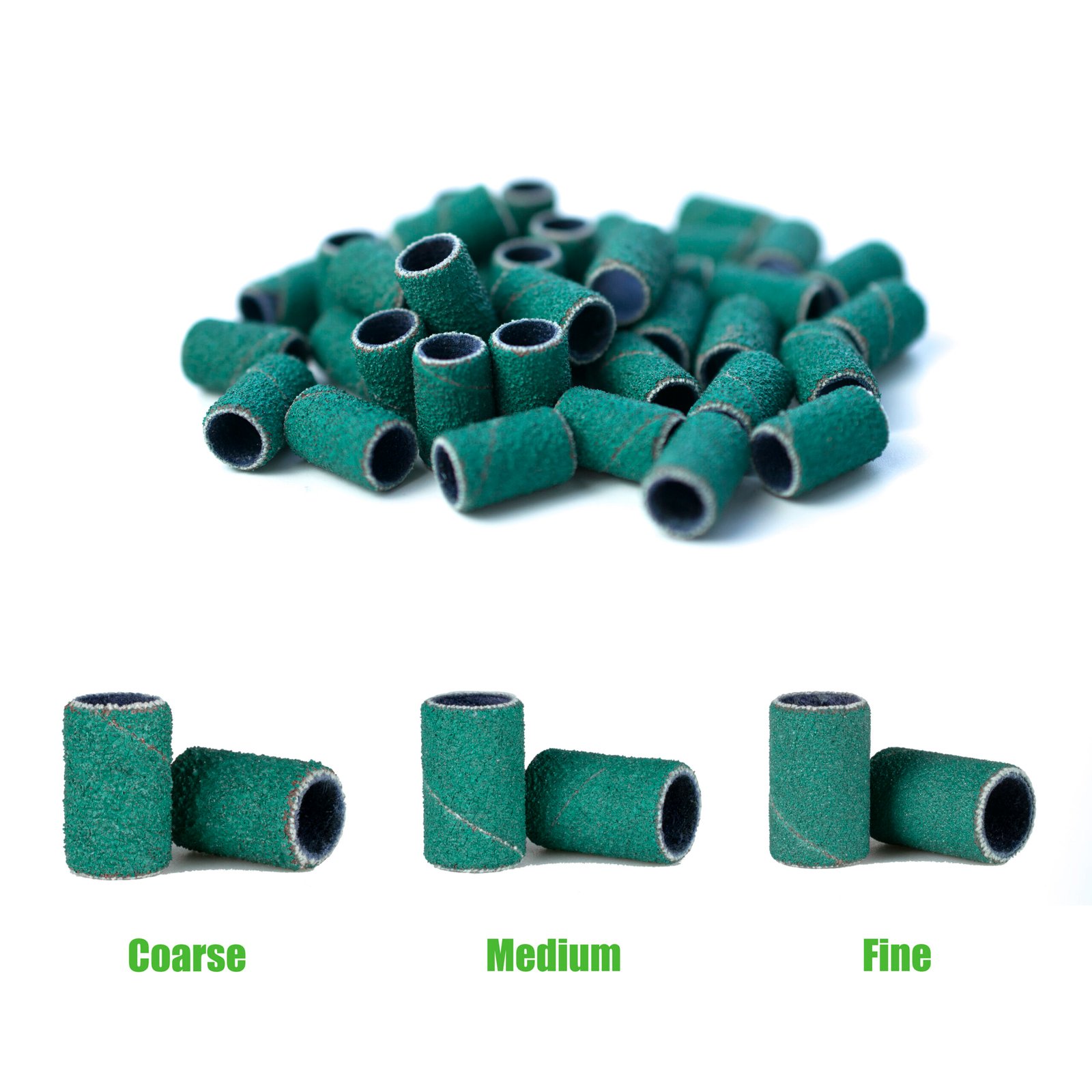
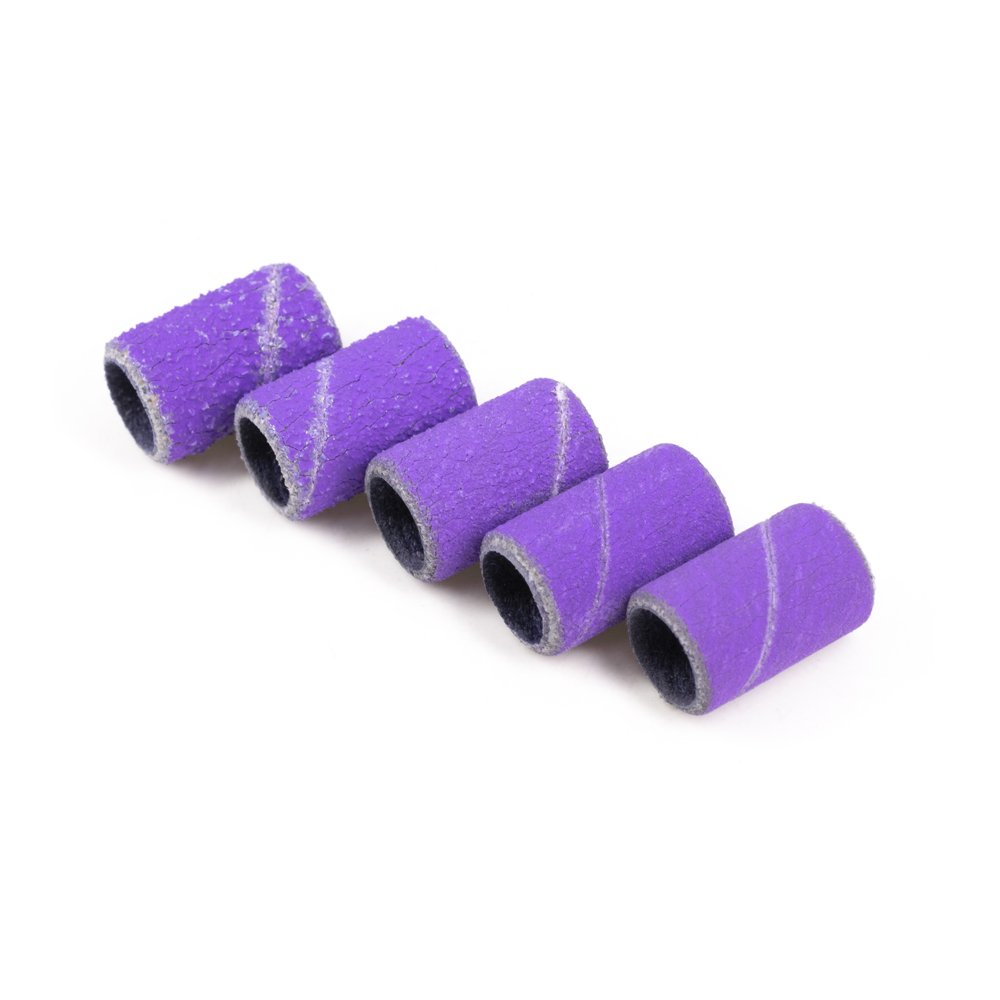
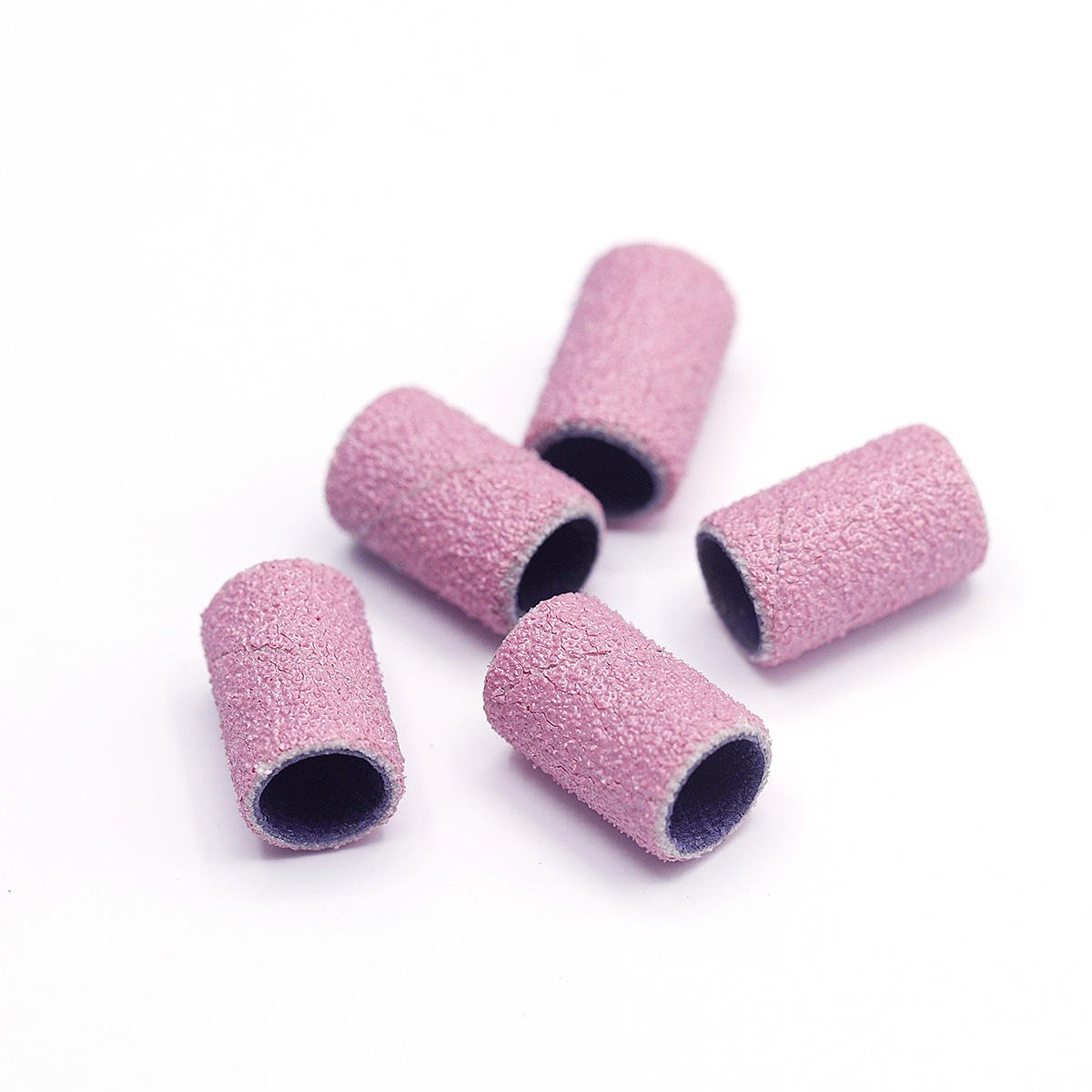
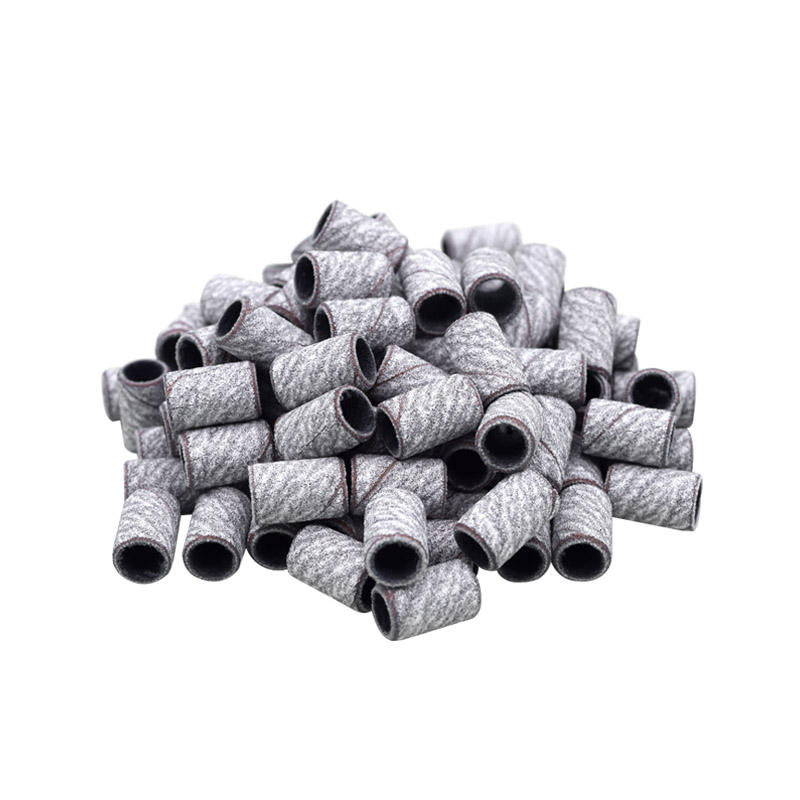
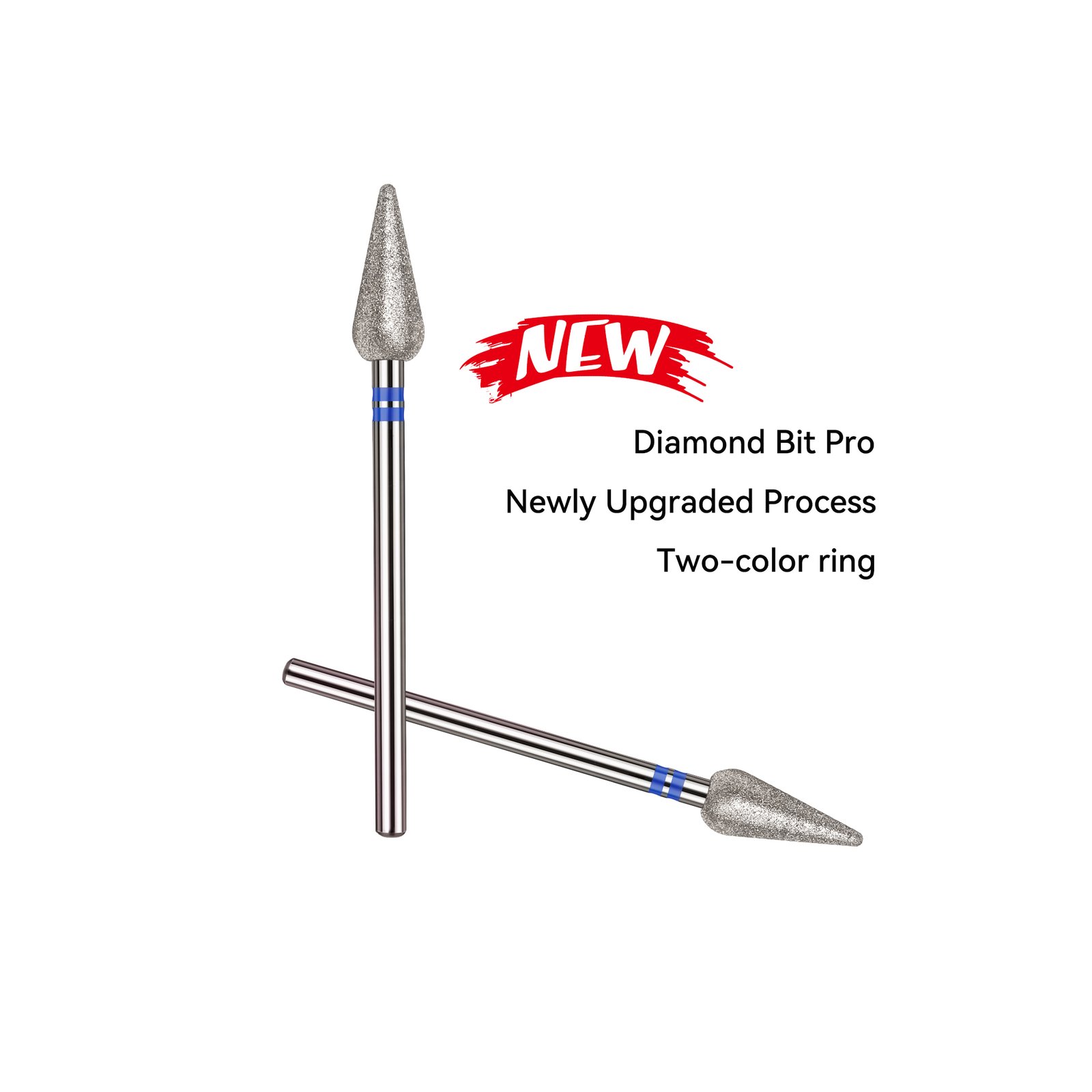
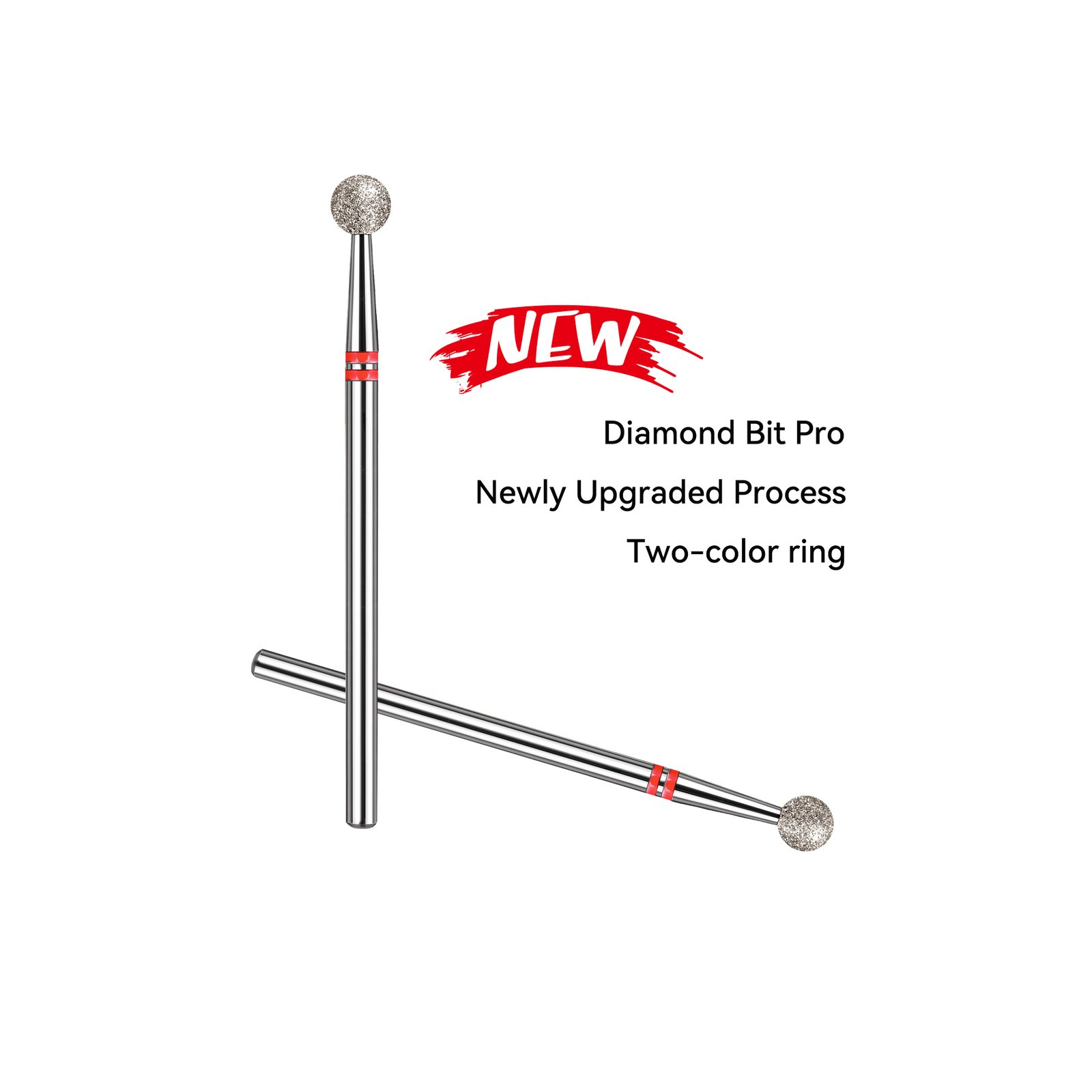
产品信息.jpg)
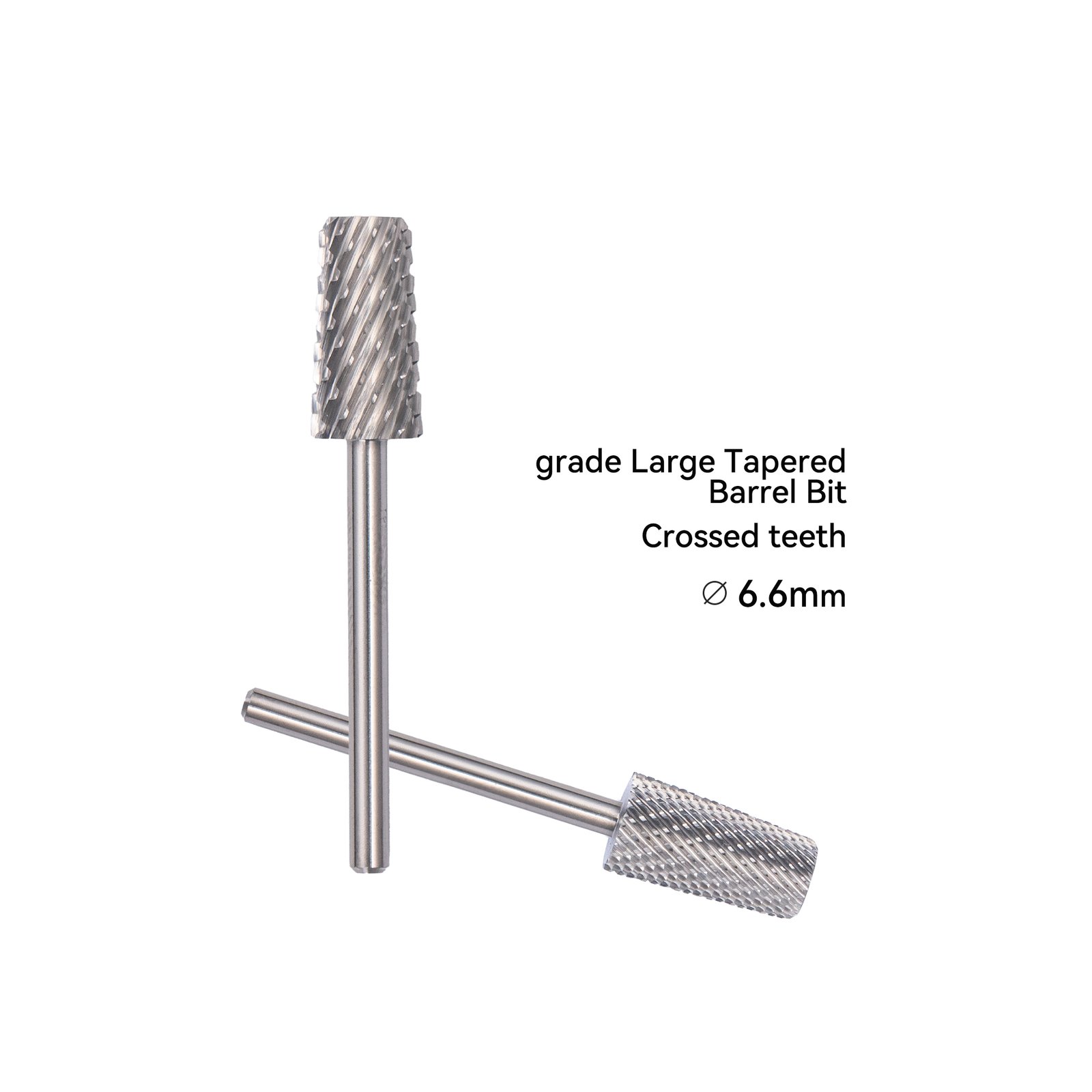
(右)产品信息.jpg)
